Discovering Siwa: Egypt's Serene Oasis
The oasis of Siwa is a serene and captivating destination that combines natural beauty, rich history, and unique cultural heritage. It is situated in the heart of Egypt’s Western Desert, 50 kilometers east of the Egypt–Libya border and 560 kilometers from the Egyptian capital city of Cairo. Far from the hustle and bustle of Egypt’s major cities, Siwa offers a tranquil escape, surrounded by palm groves, salt lakes, and ancient ruins. This remote oasis has captivated explorers, historians, and travelers for centuries, offering a rare glimpse into an ancient way of life that has remained largely unchanged through the ages. It is famed for its role in ancient Egypt as the home to an oracle of Amun, the ruins of which are a popular tourist attraction, giving it the ancient name Oasis of Amun-Ra, after the major Egyptian deity.
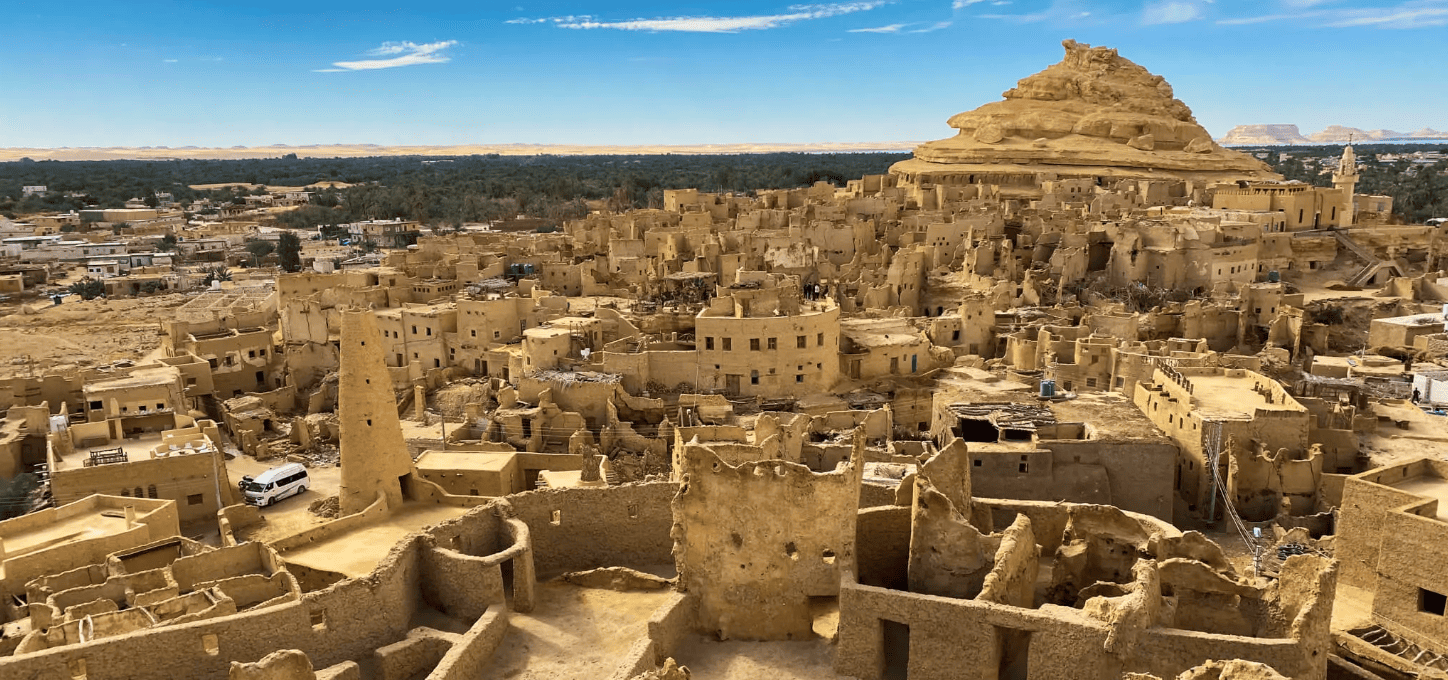
The Siwan people have a distinct cultural identity, influenced by Berber, Egyptian, and Bedouin traditions. Siwi, the local language, is a Berber dialect that remains widely spoken alongside Arabic. The community is known for its rich folklore, traditional music, and vibrant handicrafts, including intricate silver jewelry and beautifully woven textiles.
Siwa’s unique architectural style is characterized by the use of kershef, a local building material made from salt and mud. The old town of Shali, with its labyrinthine alleys and crumbling mud-brick structures, offers a fascinating glimpse into the oasis’s past. Although partially destroyed by heavy rains in the 20th century, Shali remains a symbol of Siwa’s enduring heritage. Walking through Shali, visitors can see how the Siwan people adapted their building techniques to their environment, creating structures that were both functional and aesthetically pleasing.
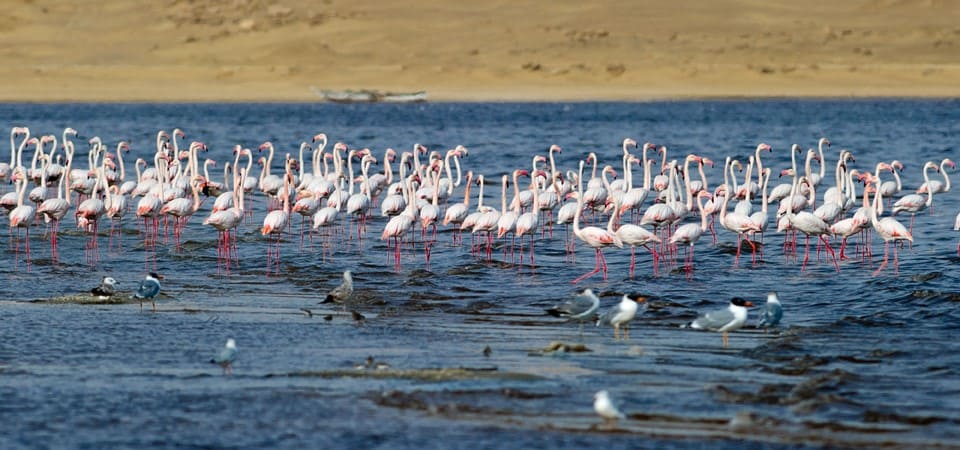
Siwa Oasis is also a major protectorate in Egypt that will charm you with its natural beauty. It houses a variety of fascinating bird species, as well as uncommon animal breeds such as the Dorcas Gazelle, Slender-horned Gazelle, and Striped Hyena. It also supports fox species such as the diminutive Fennec breed and the distinctive Red Fox.
The best time to visit Siwa
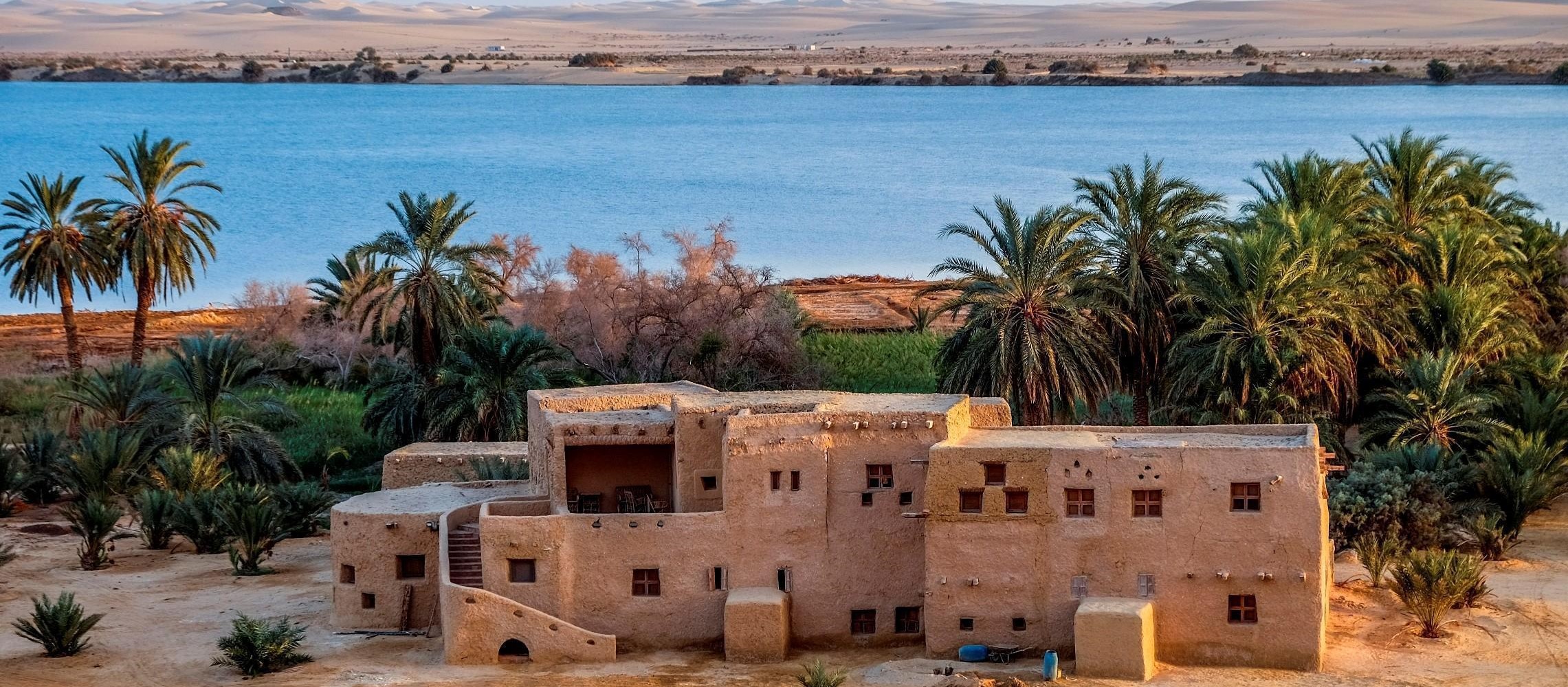
The nice climate of Siwa is one of the reasons that helps attract several visitors annually. The weather is almost always fine and the sun never fails to shine. However, there are times of the year in which it can be better to come in than others. It is advisable to visit Siwa in the cooler months of the year, from October to April, as the temperature in summer can be quite hot. These periods offer pleasant weather, allowing you to fully enjoy the natural beauty, historical sites, and cultural richness of this unique destination.
Siwa's Historical Background
Siwa’s history is as deep and mysterious as its lush landscape. The oasis has been inhabited since prehistoric times, serving as a crucial stop for desert caravans and a sanctuary for ancient pilgrims. Its isolation helped preserve its unique culture and traditions, making it a living museum of ancient Egyptian, Berber, and Bedouin influences. Siwa’s rich history includes a visit from Alexander the Great in 331 BC; he came here to consult the Oracle of Amun. Many archaeologists also believe that Siwa may be the final resting place of Alexander the Great, although there is no real archaeological evidence to support this theory. Later the King of Persia attempted to destroy the Oracle by sending an army of 50,000 men.
Places to visit in Siwa
Siwa Oasis has much to offer to visitors. It offers a variety of things to do, places to visit, and unique attractions. Some of the most notable attractions include:
The Temple of the Oracle (Temple of Alexander)
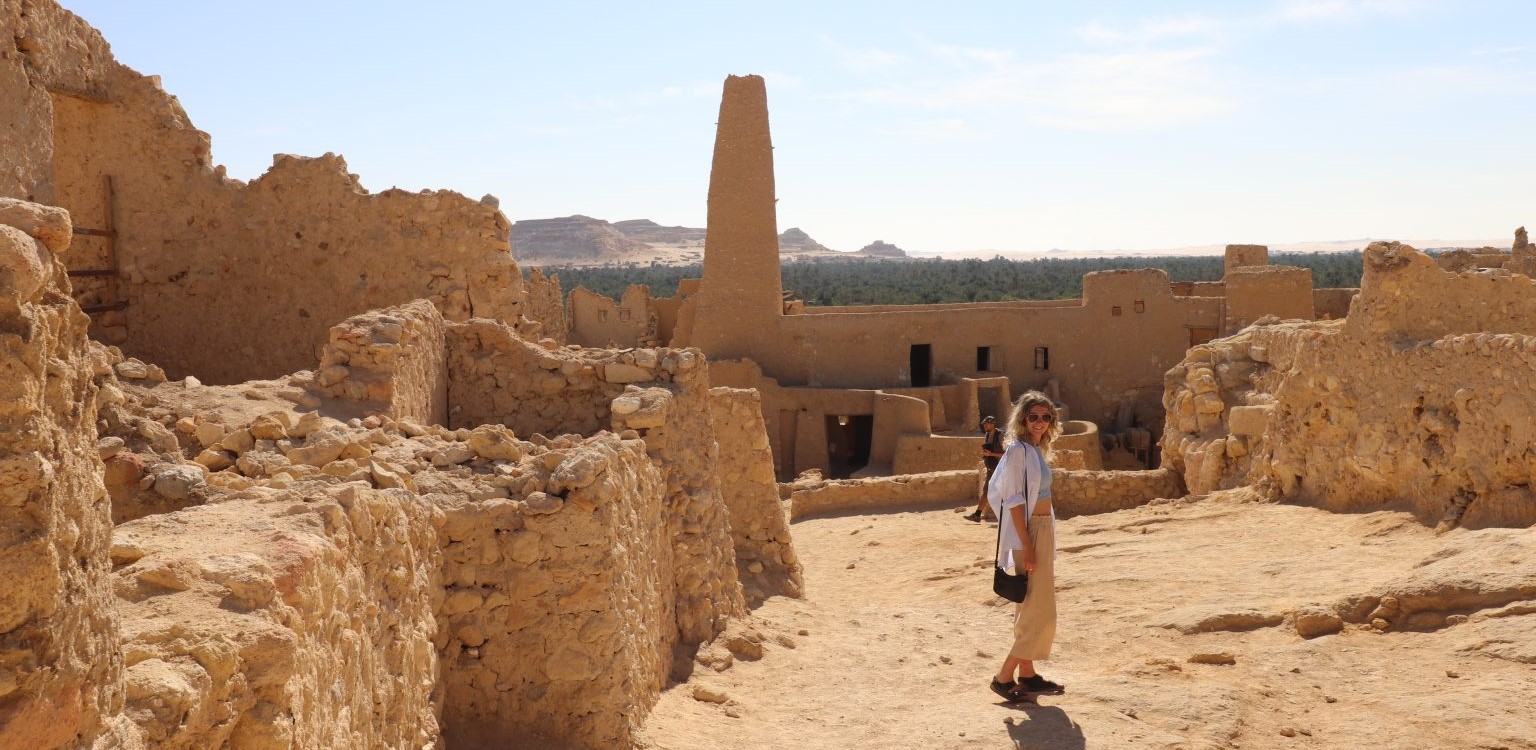
One of Siwa’s most famous historical landmarks is the Temple of the Oracle, also known as the Temple of Amun. This temple, dating back to the 6th century BCE, gained worldwide fame when Alexander the Great visited in 331 BCE to seek the oracle’s confirmation of his divine status. This event bolstered his authority and solidified Siwa’s reputation as a place of mystical importance. Today, the ruins of the temple attract visitors who wish to walk the same paths as ancient pilgrims and imagine the rituals that once took place.
The Shali Fortress
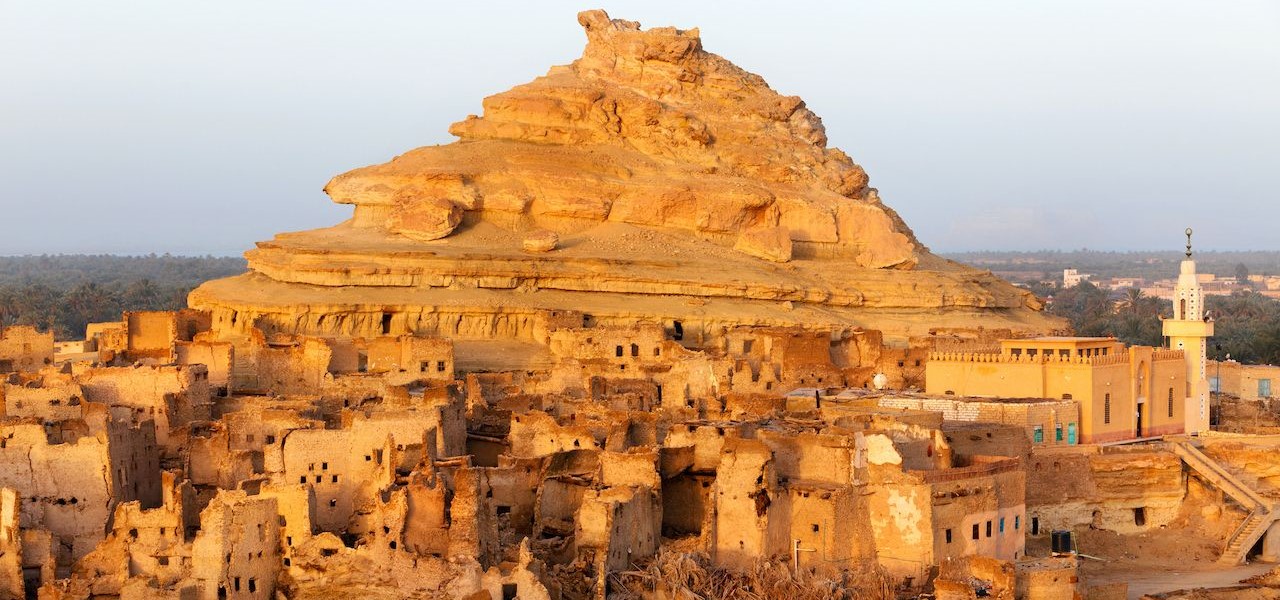
The Shali Fortress, built on a hill in the 13th century, is another significant historical site. Constructed from kershef, a mixture of salt and mud, the fortress was the center of Siwan's life for more than 800 years. Although partially destroyed by heavy rains in the 20th century, the ruins of Shali provide a fascinating glimpse into the architectural ingenuity and resilience of the Siwan people.
The Salt Lake
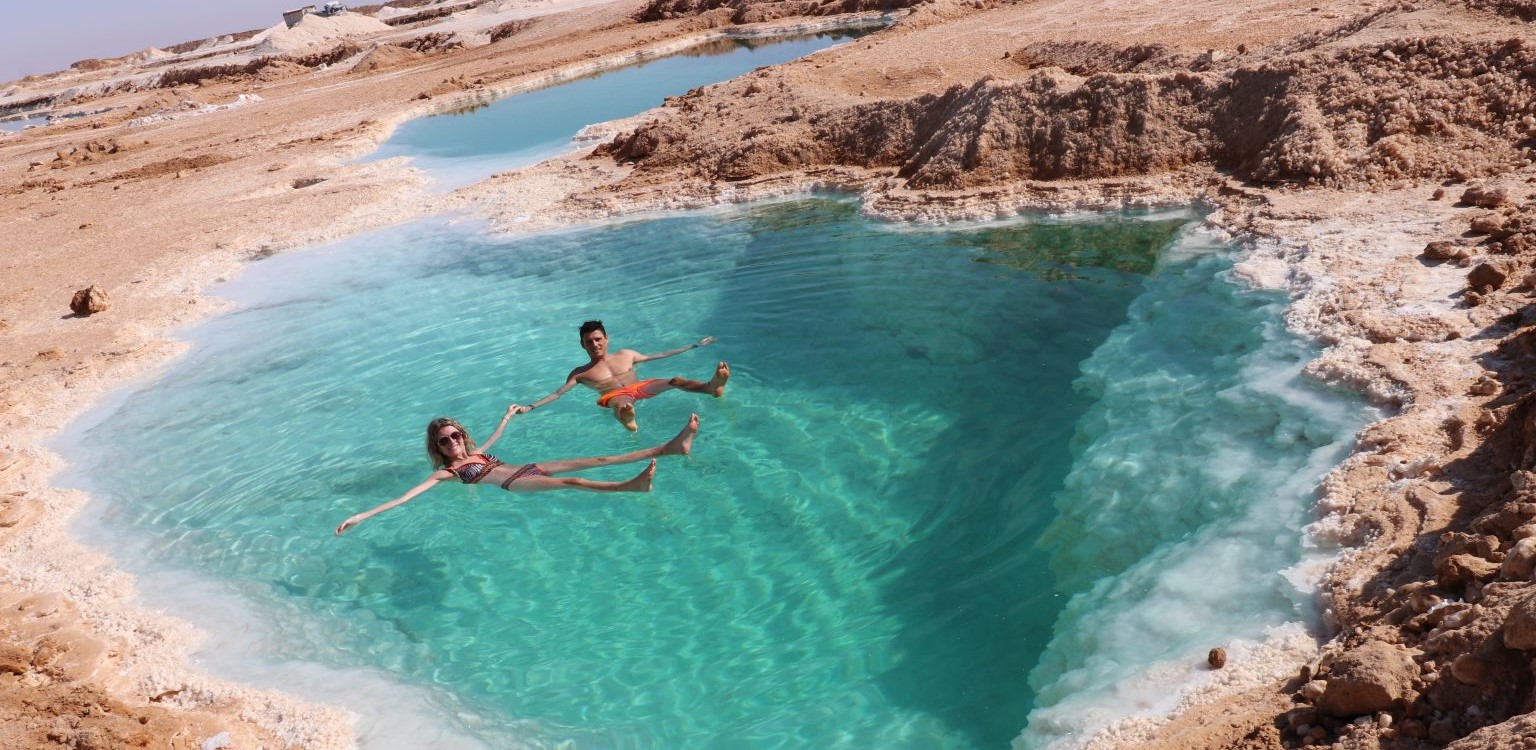
Siwa is home to several salt lakes, the most famous of which is Lake Siwa. It has one of the highest water-to-salt ratios, even higher than the famous Dead Sea. With waters so clean and transparently green, the Salt Lakes attract people to Siwa all year round, with the health benefit of its high concentration of salt, floating and swimming in the Salt Lakes of Siwa is something you cannot miss.
Cleopatra's Spring
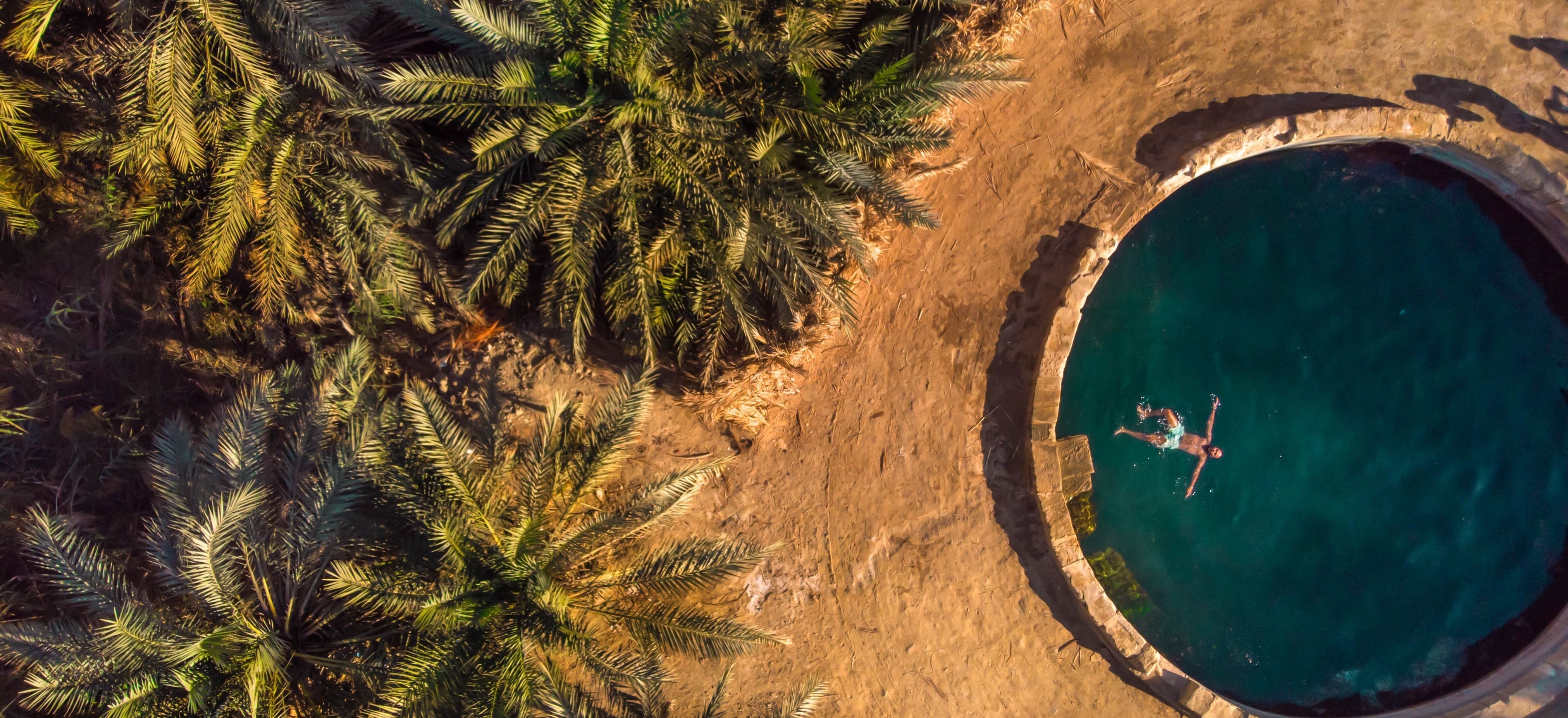
Cleopatra's Spring, also known as Cleopatra’s Bath or Cleopatra’s Pool, is a natural spring that bursts up from the earth on the way to the Oracle temple in the Siwa Oasis. It is without a doubt the most popular of all the springs in the Siwa Oasis area, where locals and tourists enjoy its benefits. The water from this spring is so transparent that it would be undetectable if it wasn’t constantly moving. It fills a natural stone pool where people may bathe, swim, and relax. According to legend, Queen Cleopatra herself bathed in its waters.
Mountain of the Dead
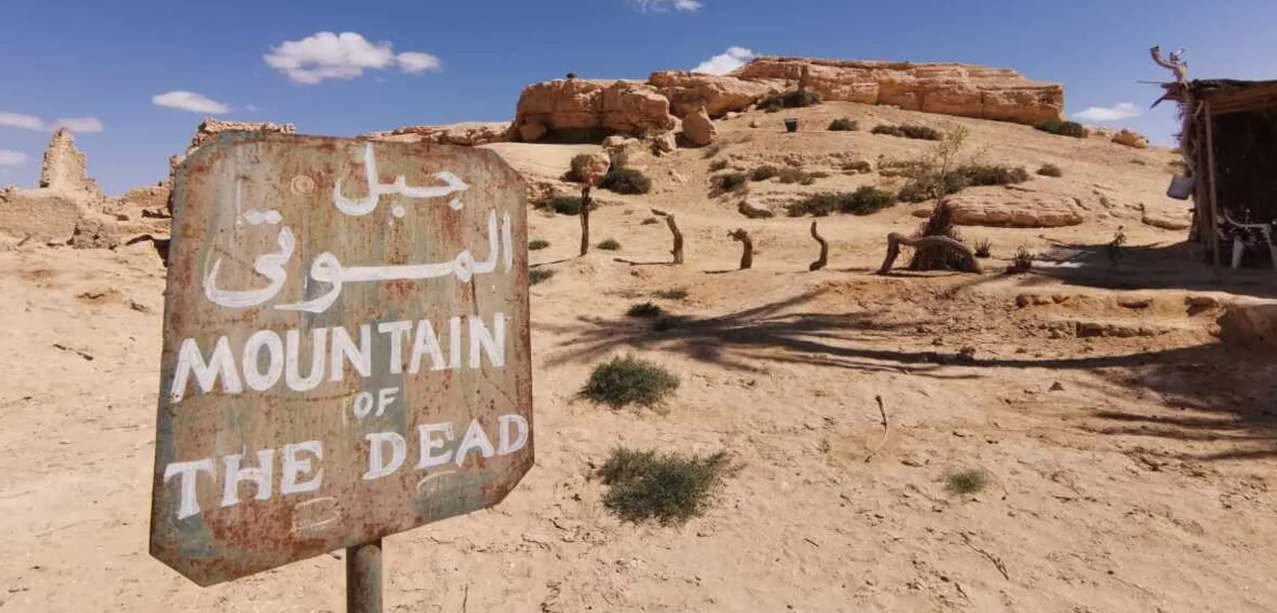
Mountain of the Dead is an archaeological cemetery lying on the edge of Siwa and dating back to the fourth and third centuries BC. It was reused during the Greek and Roman eras, and in the Second World War when the inhabitants of the oasis were sheltering in it. Mountain of the Dead is home to four impressive tombs carved into the mountainside during the 26th Dynasty, Ptolemaic, and Roman eras. The best paintings are in the Tomb of Si Amun, where beautifully colored reliefs portray the dead man, who came from Greece or Cyrenaica (the eastern coast of Libya), making offerings and praying to Egyptian gods. Also interesting is the unfinished Tomb of Mesu-Isis, with a beautiful depiction of cobras in red and blue above the entrance; the Tomb of Niperpathot, which dates back to the 26th dynasty of Egyptian history, making it one of the oldest tombs in the oasis; and finally, the Tomb of the Crocodile, which was discovered in 1941, featuring three chambers with statues of Osiris, Hathor, and the crocodile Sobek.
Fatnas Island
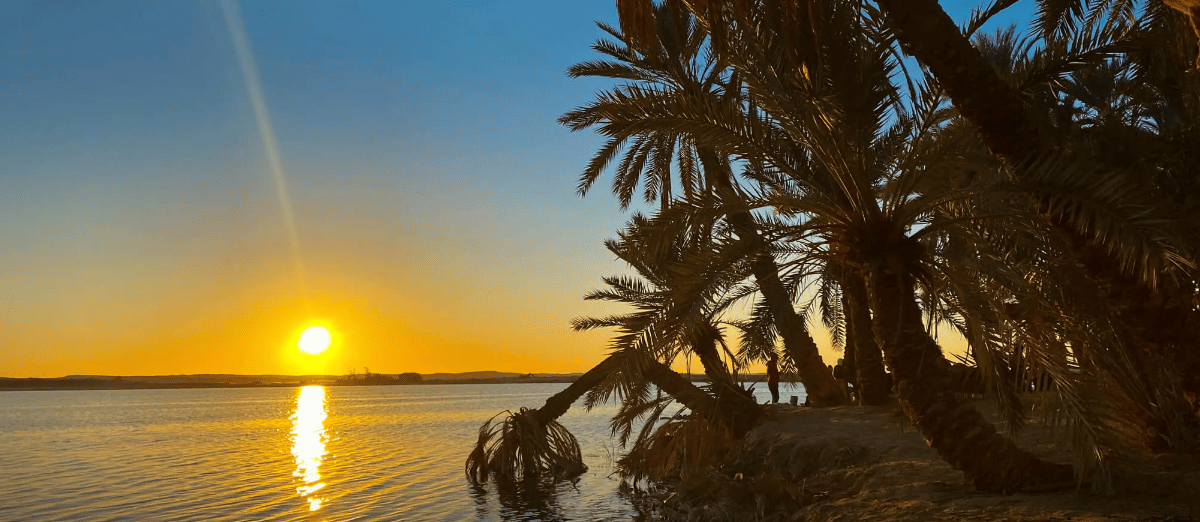
Fatnas Island is a palm-shaded island, located on the edge of the oasis on the shore of Lake Siwa about 6 kilometers from the town center. It offers some of the most incredible sunset views and is a popular spot for locals and visitors. Hot spring is a famous attraction of this beautiful place, where you can swim and enjoy the benefits of the healing waters as well as cafés and restaurants.
The Great Sand Sea
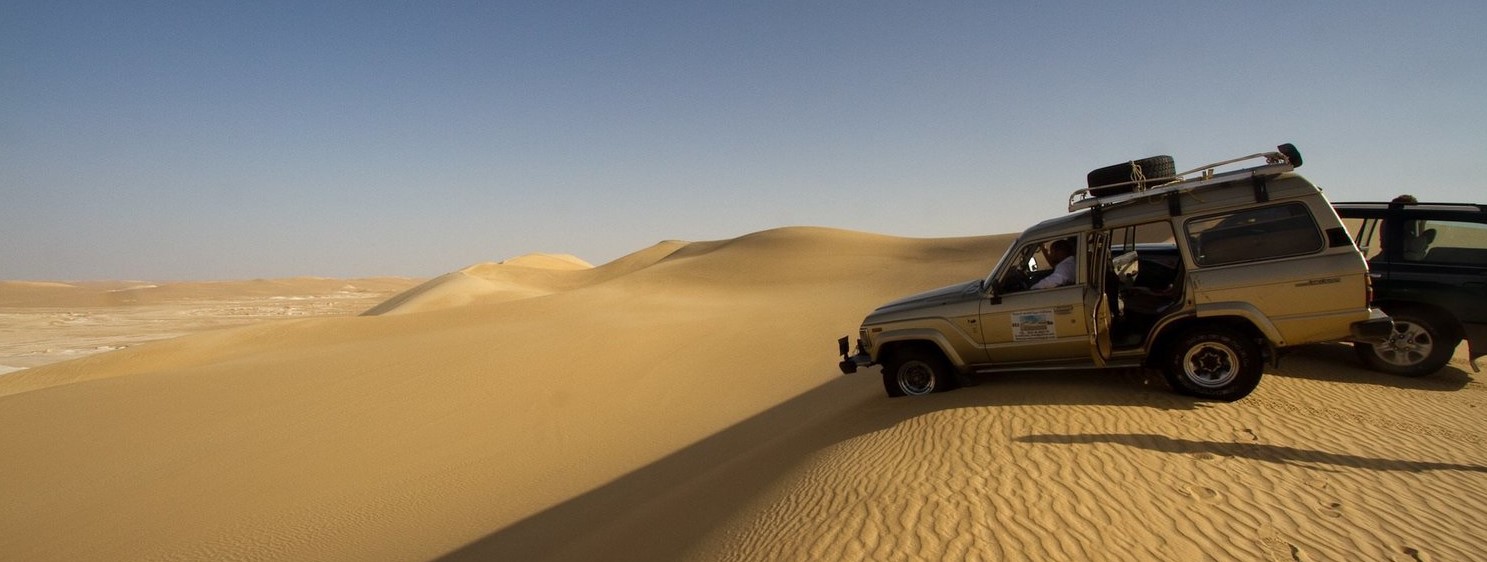
Just beyond the oasis lies the Great Sand Sea, a 72,000-square-kilometer sand desert area in North Africa that stretches from Western Egypt to Eastern Libya. It is the world’s largest and deadliest dune area. It offers thrilling opportunities for desert safaris, camping, and sandboarding. The sheer size and beauty of the dunes are awe-inspiring, and guided tours provide insights into the desert’s ecosystem and the survival strategies of its inhabitants.
Bir Wahed
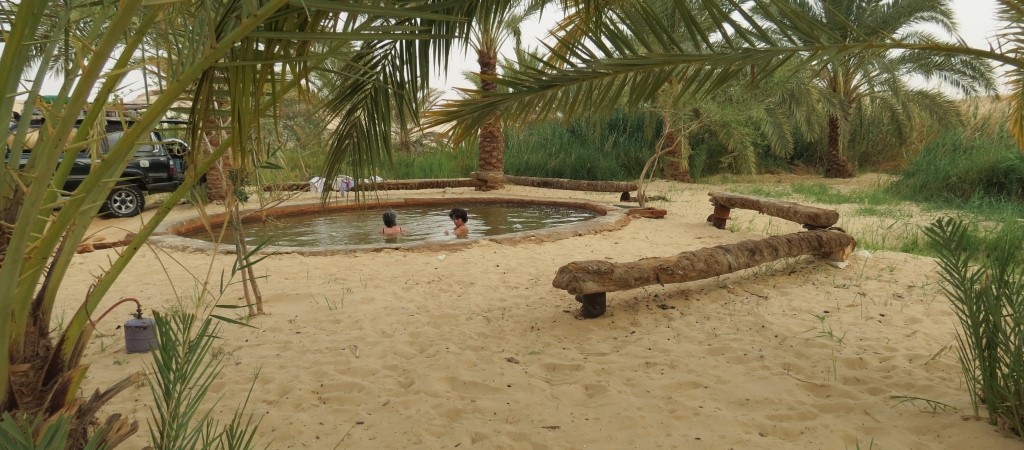
Bir Wahed is a sulfurous hot spring, the size of a large Jacuzzi on the shores of the Great Sand Sea. This series of hot and cold springs in the middle of the desert provides a unique and refreshing experience for those willing to venture beyond the main oasis. The hot springs are particularly popular for their therapeutic properties, attracting visitors looking to relax and rejuvenate.
Also: For desert lovers, discover the beautiful Siwa Oasis through one of our Egypt tours from Here